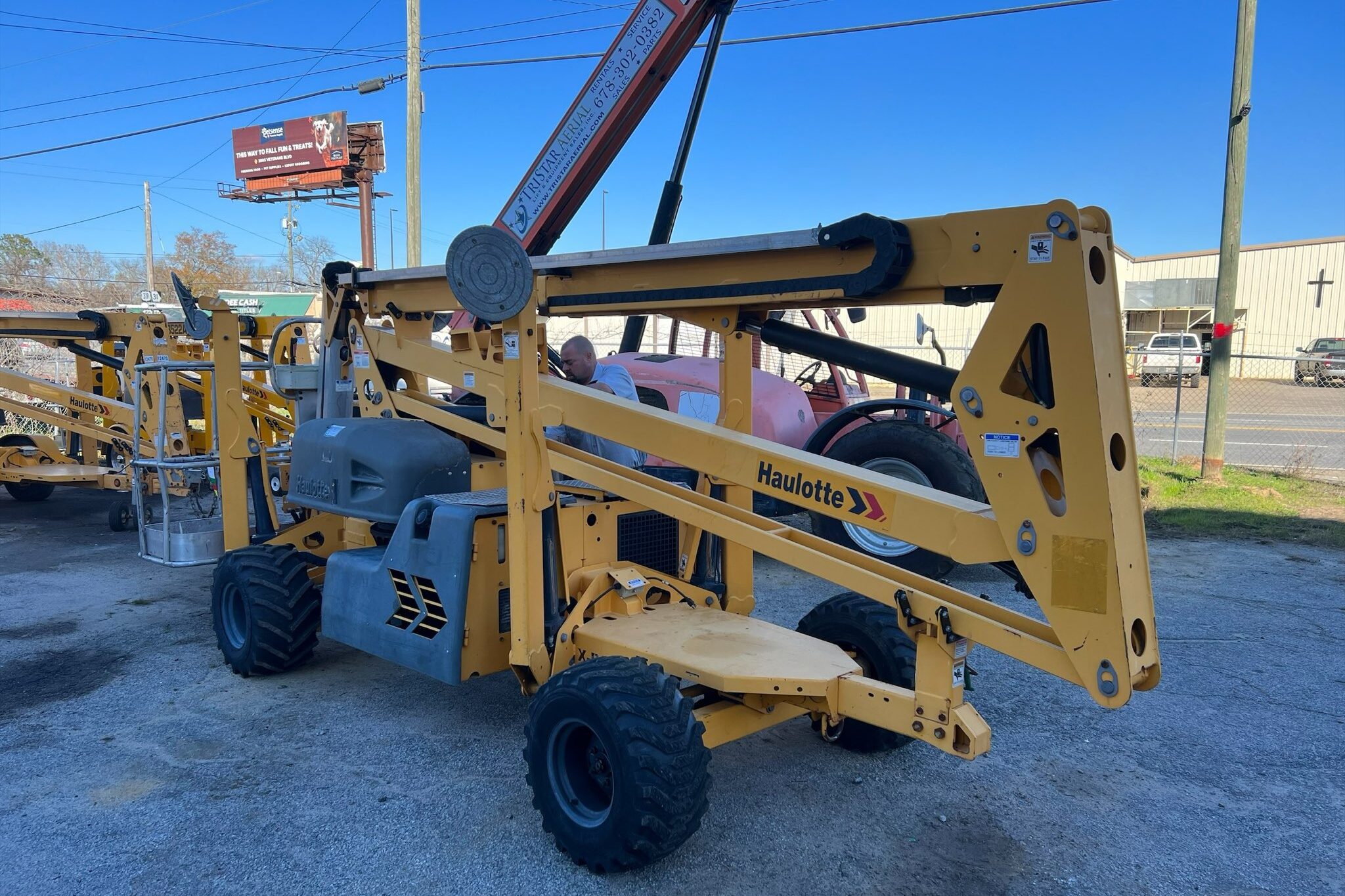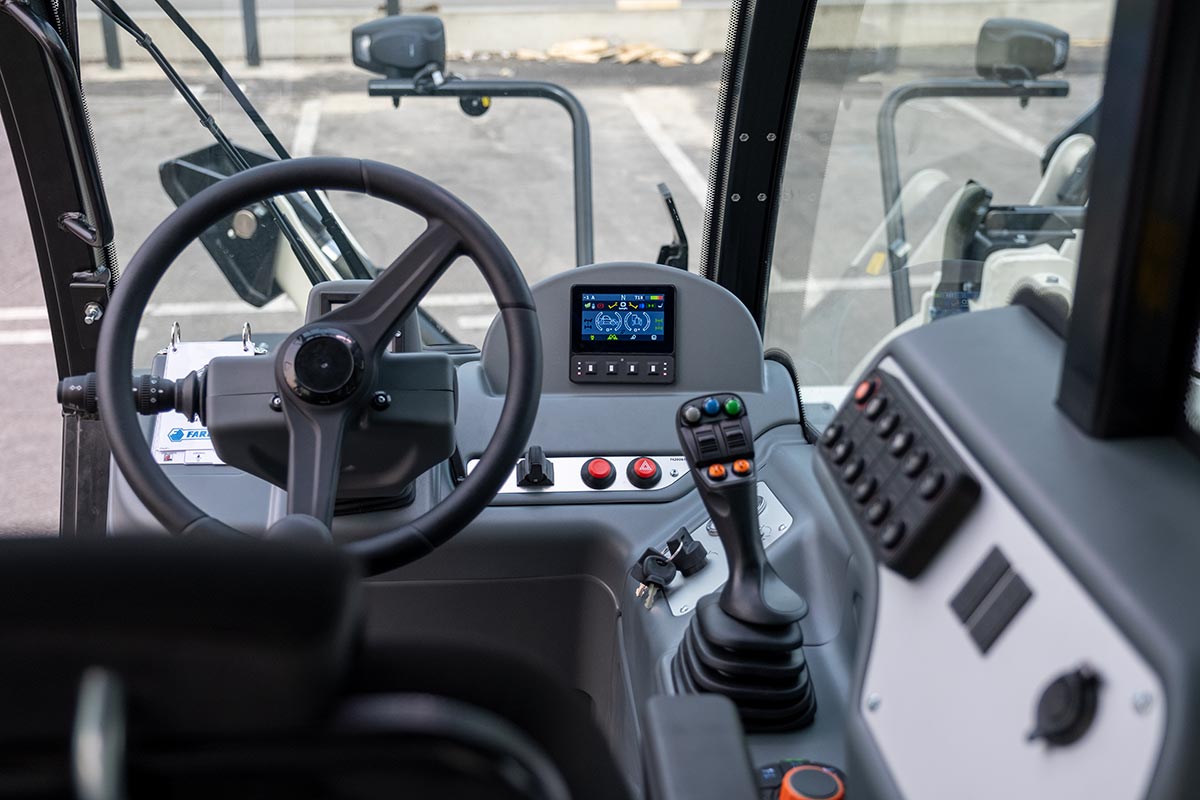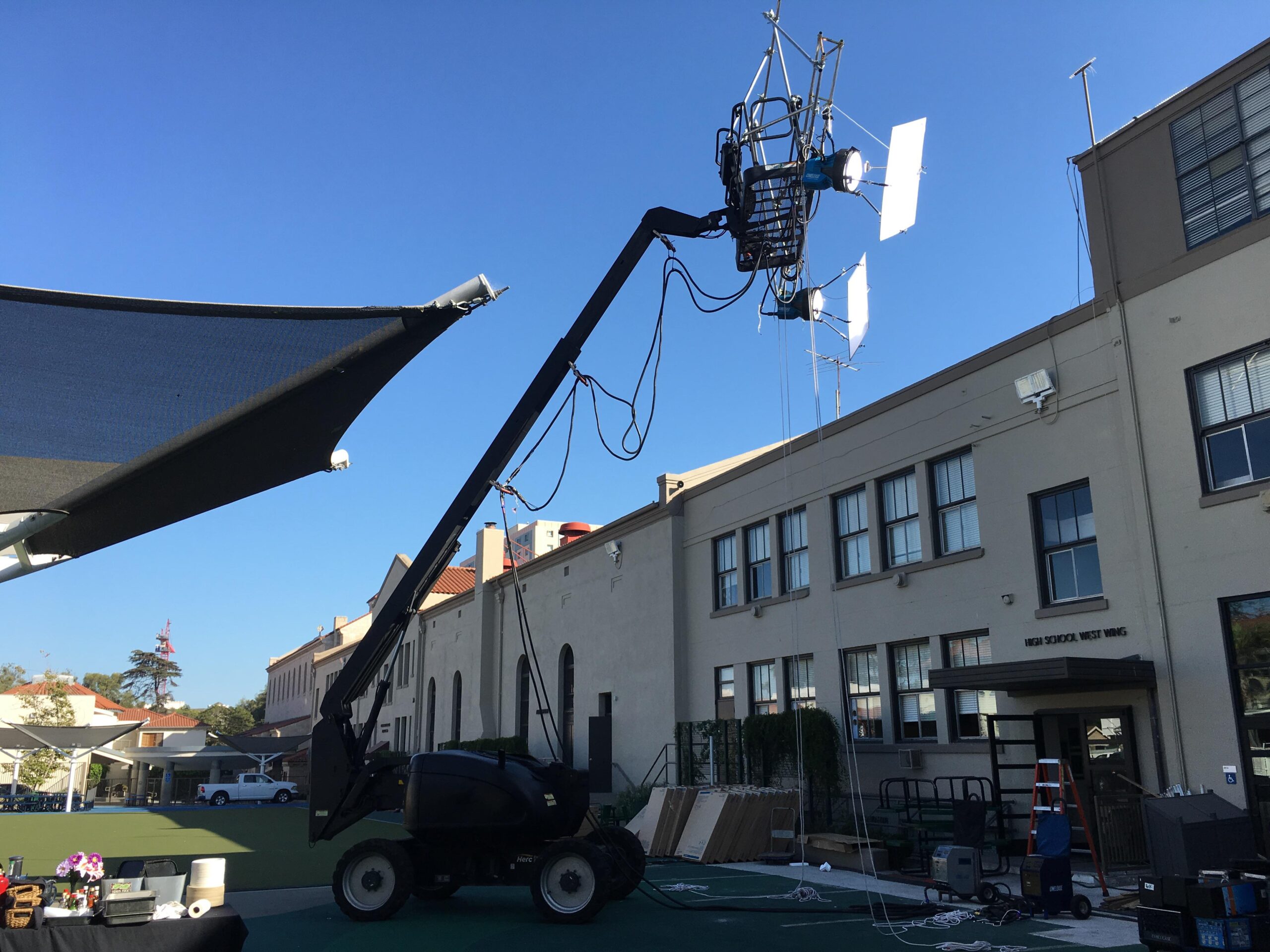
Safety is paramount when operating aerial lifts. At TriStar Aerial, we emphasize the importance of maintaining a safe working environment through proper training, regular maintenance, and adherence to safety protocols. Here are key tips to maximize safety with aerial lifts:
Proper Training: Ensuring all operators receive comprehensive training is crucial. Training should cover the proper use of the equipment, safety procedures, and emergency protocols. Regular refresher courses help keep operators updated on best practices and new safety measures.
Regular Inspections: Conducting daily inspections of the equipment is essential to identify any signs of wear, damage, or mechanical issues. Check for leaks, cracks, and ensure all components are functioning correctly. Addressing potential problems early can prevent accidents and costly repairs.
Follow Manufacturer Guidelines: Always adhere to the manufacturer’s guidelines for operating and maintaining the aerial lifts. This includes understanding weight limits, operational procedures, and specific maintenance schedules. Ignoring these guidelines can compromise safety and performance.
Use Appropriate Safety Gear: Operators should wear the necessary safety gear, including helmets, harnesses, gloves, and non-slip footwear. Proper safety gear can significantly reduce the risk of injuries in the event of an accident.
Be Aware of Surroundings: Operators must stay vigilant about their surroundings. This includes being mindful of overhead power lines, uneven terrain, and weather conditions that could affect the stability of the lift. Always ensure the work area is clear of hazards before operating the lift.
Emergency Preparedness: Equip the aerial lift with emergency descent systems and ensure operators know how to use them. Regularly review and practice emergency procedures to ensure quick and effective responses in case of an incident.
Weight Distribution: Proper weight distribution is vital for maintaining stability. Ensure that the load is evenly distributed and does not exceed the lift’s capacity. Overloading or uneven loading can lead to tipping and accidents.
Communication: Maintain clear communication among team members, especially when operating in busy or noisy environments. Use signals or radios to coordinate movements and ensure everyone is aware of the lift’s position and actions.
By following these safety tips, you can create a safer working environment and ensure the longevity and performance of your aerial lifts. At TriStar Aerial, we are committed to providing high-quality equipment and promoting safety best practices in the aerial lift industry.






